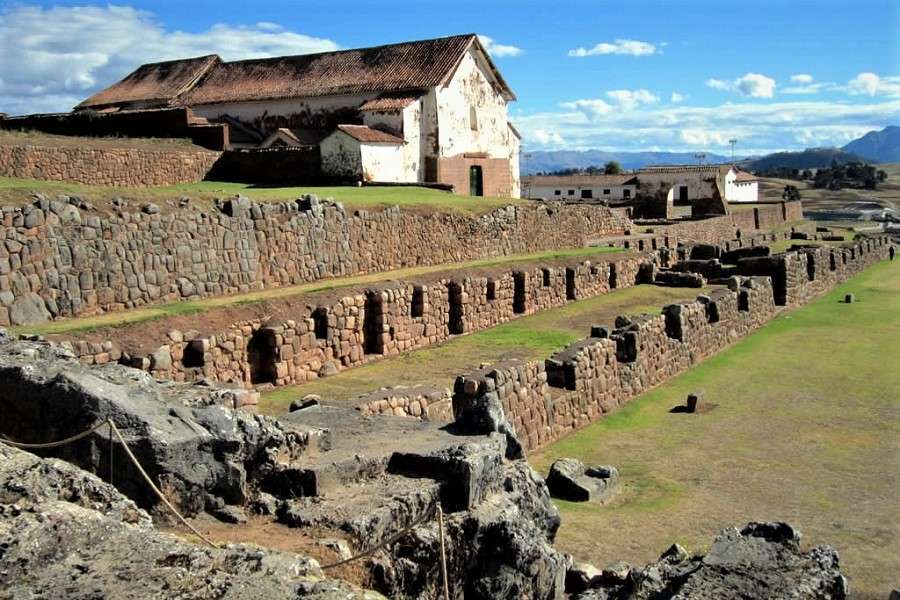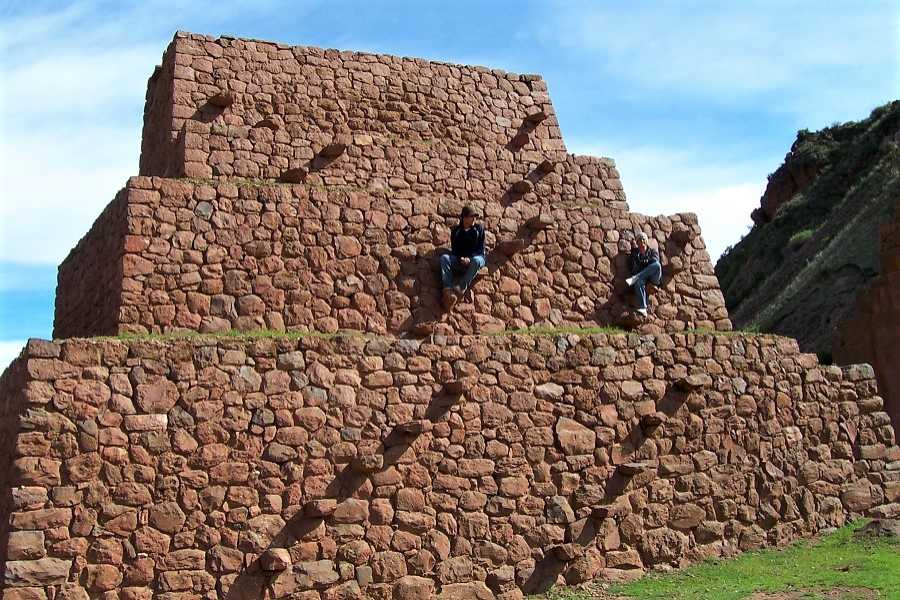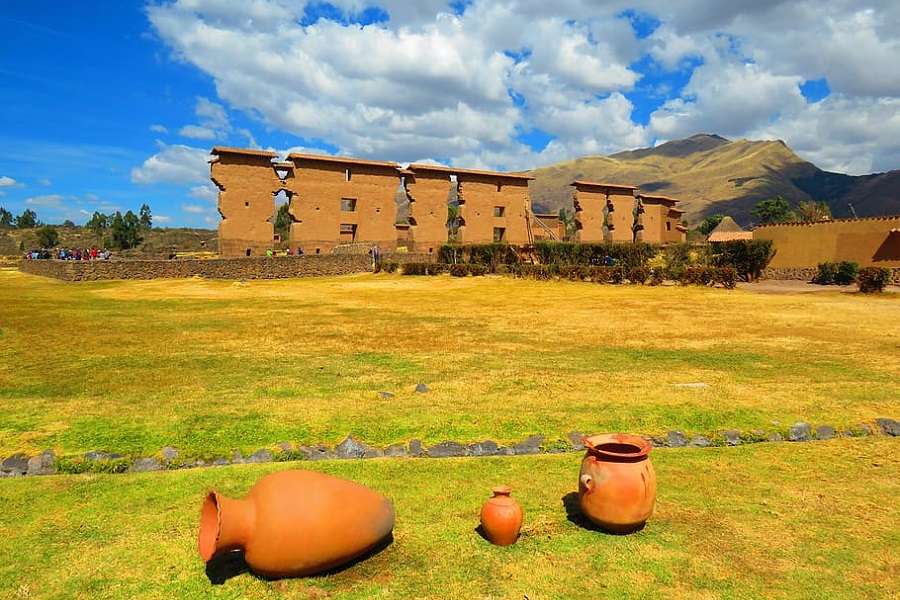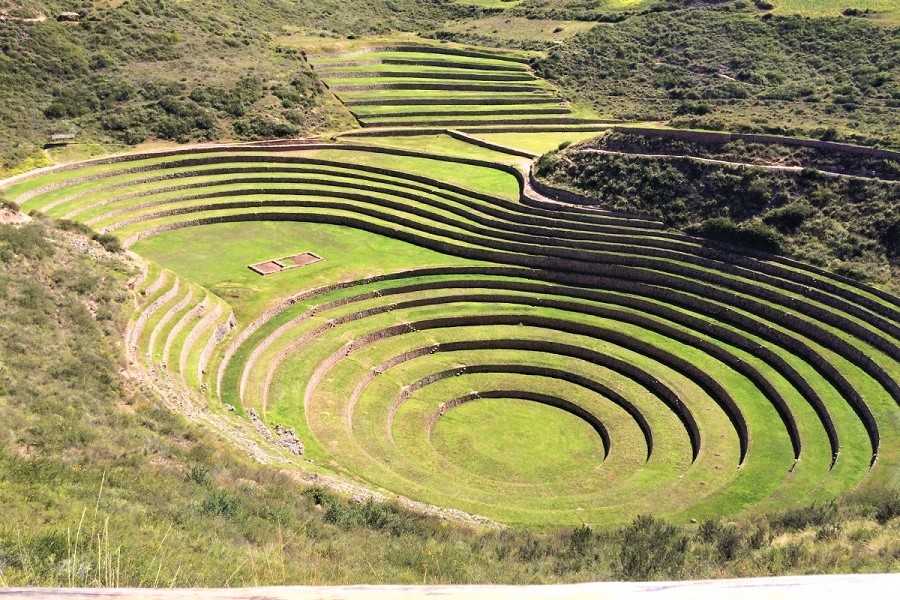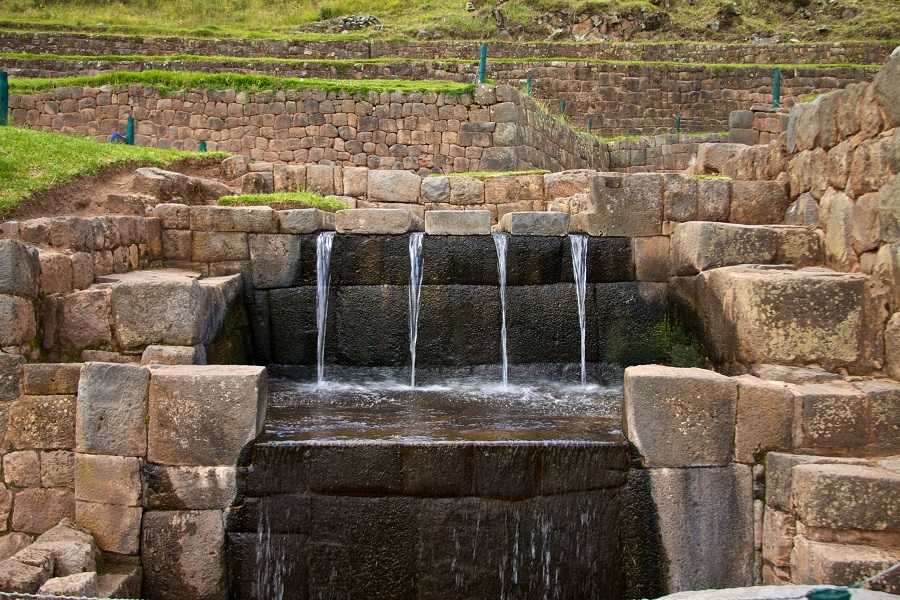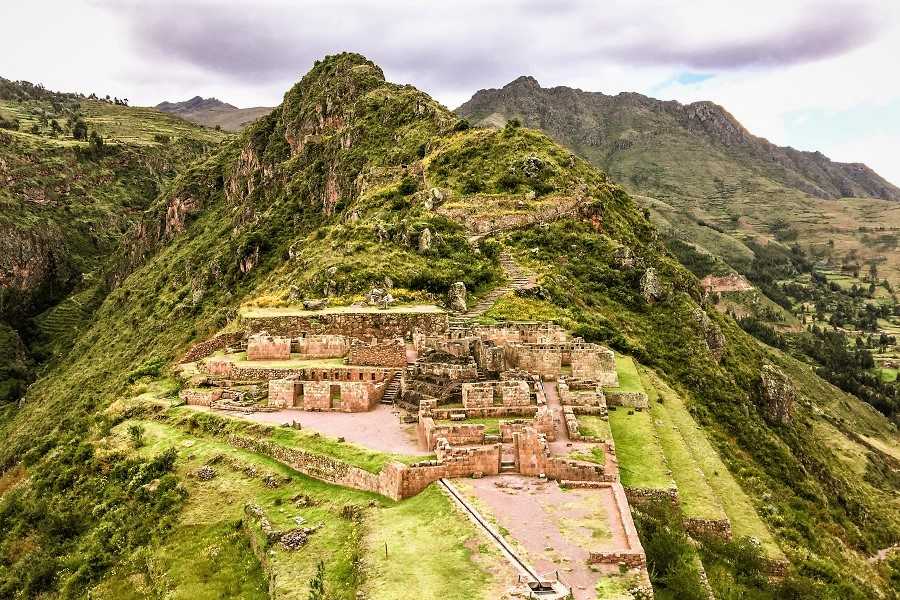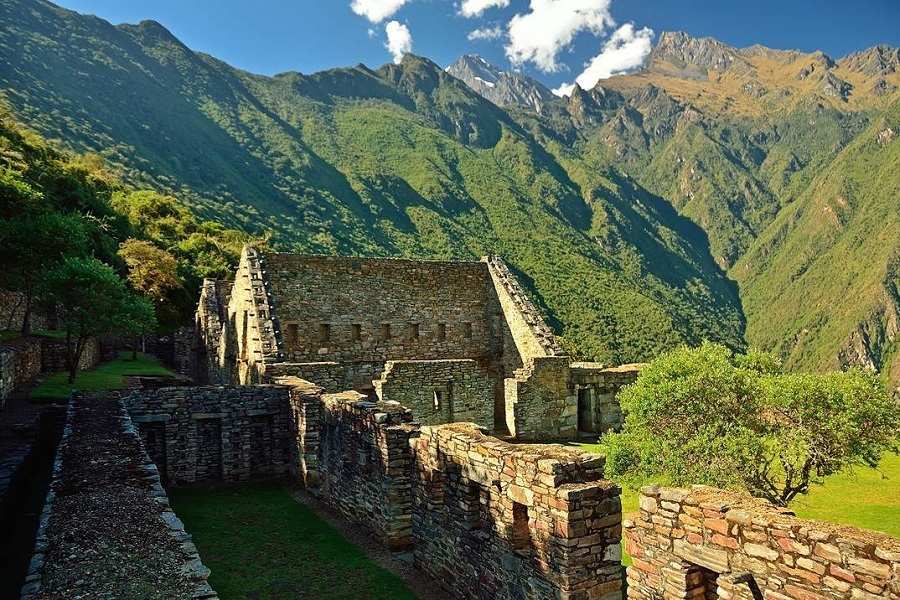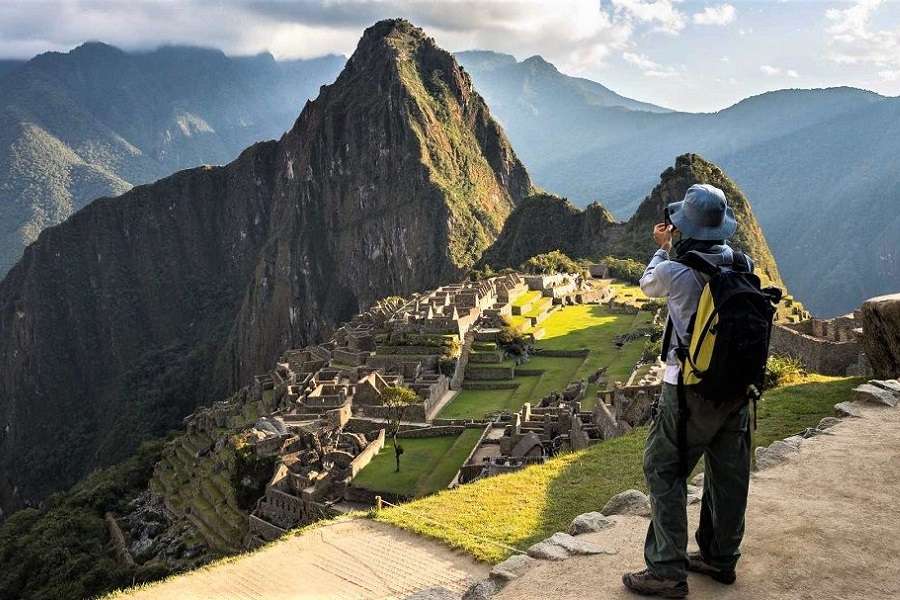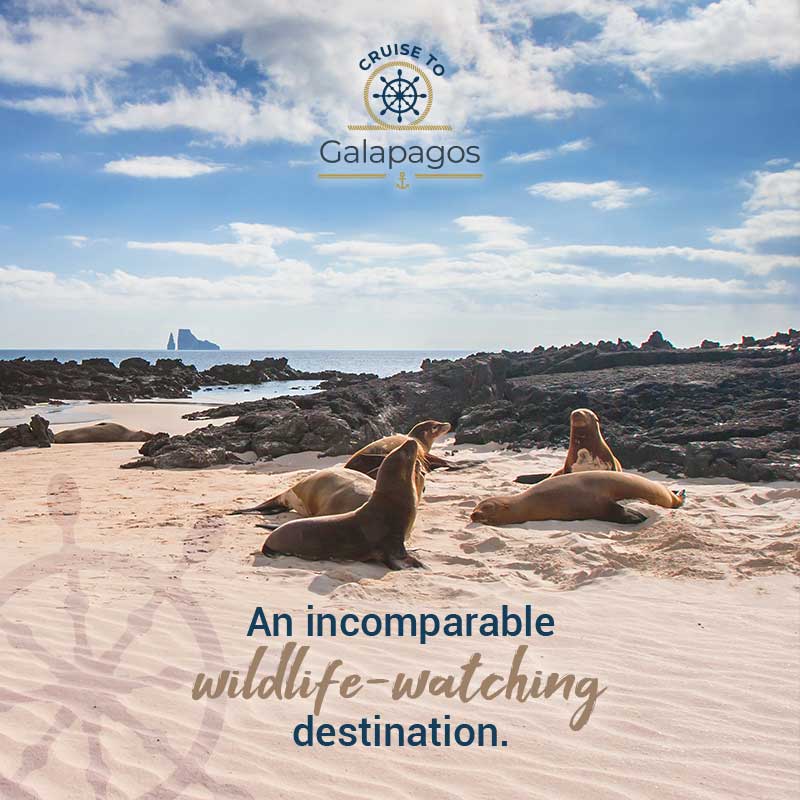Top 10 must-see archaeological parks in Cusco
Stay up to date with our most recent news and updates
Peru, one of the best-known countries in the world for its cultural, gastronomic wealth and impressive archeology, preserves intact the vestiges of one of the most important civilizations in South America, the Incas.
This time we want to share with you our top 10: about “The must-see archaeological parks in Cusco”. Keep reading this post until the end and discover what they are. Make your next adventure in Cusco an unforgettable experience.
1. Sacsayhuamán
Located in the Imperial City of Cusco, the Archaeological Park of Sacsayhuamán is one of the most important historical-cultural places in Peru and America.
The park has 2,997 hectares and was declared a Cultural Heritage of the Nation of Peru.
It houses 96 archaeological sites, among which you can find Q’enqo, Tambomachay, Kallachaca, Patallaqta, and Amaro – Markahuasi.
The most outstanding construction is the Sacsayhuaman Fortress, whose walls are made of large rocks.
2. Ollantaytambo
This important archaeological site is located in the district of the same name within the province of Urubamba. It has an area of 34,800 hectares.
The archaeological remains of Ollantaytambo present a careful and detailed architecture. Beautiful terraces and other structures such as the Temple of the Sun are proof of this.
Several chroniclers indicate that Ollantaytambo was built by order of the Inca Pachacutec, to be a Tambo (resting place) and a llaqta (Inca citadel). Therefore, Ollantaytambo served as a military fortress, agricultural center, and religious site.
3. Chinchero
It is located in the Chinchero district of the Urubamba province and has an area of 43 hectares.
Chinchero was originally occupied by an ethnic group prior to the Incas.
The Inca Tupac Yupanqui planned the construction of the Chinchero palaces during the heyday of Tahuantinsuyo. These were aimed at the Inca elite.
The magnificent remains of those grandiose palaces can be seen in the center of the city’s main square. As if it were suspended in time, in Chinchero you will find a unique and special atmosphere.
4. Piquillacta
This archaeological park is located near the Oropesa and Lucre districts in the Quispicanchi province. Piquillacta is also part of the tourist circuit of the South Valley of Cusco.
The area contains pre-Inca remains of different ethnic groups that occupied the place, but the most prominent are the precincts of the Wari culture.
5. Raqchi
This park is located in the San Pedro district of the Canchis province, Raqchi has an area of 1,097 hectares.
This large settlement was built in honor of Wiracocha, the supreme deity of the Incas. The Temple of Wiracocha stands out among other structures built on the site.
6. Moray
This archaeological park is located in the Maras district of the Urubamba province and has an area of 37.50 hectares.
Moray is a large system of several circular terraces that overlap concentrically. It is believed that it served as an agricultural research center. The design of its platforms generates a variety of microclimates.
7. Tipón
The Tipón Archaeological Park is located in the Oropesa district of the Quispicanchi province and has an area of 239 hectares.
It is a system of aqueducts, ceremonial fountains, agricultural terraces, and enclosures.
It is believed that during the time of the Incas, the Inca Wiracocha ordered the construction of a residence for his father Yawar Wakaq, which would serve as a refuge and home after being overthrown by his own son. Several archaeologists believe that the remains seen today are part of this residence.
8. Písac
It is said that Písac or Pisaq is a royal estate and its name refers to the partridge, a bird that abounds in this area. It is located in the district of the same name in the province of Calca and with an area of 9,063 hectares,
The main enclosure of this archaeological park contains several sectors, including the main neighborhood or Intihuatana, which houses temples and palaces of fine masonries, such as the Temple of the Sun.
Pisac is believed to have defended the southern entrance to the “Sacred Valley” and controlled a route that connected the Inca Empire to the border of the rainforest.
9. Choquequirao
This 1810 hectare park is located on the right side of the Apurímac River, near the Salkantay mountain range, in the Santa Teresa district (Convención province).
Choquequirao is a large archaeological complex with typical Inca buildings and magnificent terraces. It is known as the “sacred sister” of Machu Picchu and is still little explored due to the four-day trek that is required to get there.
Choquequirao was one of the last bastions of the Inca resistance and was abandoned after the fall of the empire.
10. Machu Picchu
The National Archaeological Park of Machu Picchu is located in the province of Urubamba.
The park houses the Inca city of Machu Picchu, the most important archaeological site in Peru and one of the most outstanding sites in the world. Machu Picchu is one of the wonders of the modern world and a sacred place in the Andean culture.
Without a doubt, Cusco 🇵🇪 is a very enigmatic destination that holds many secrets. Would you like to meet? 🧐✌️ We invite you to contact us and discover this wonderful place in South America with your own eyes.
DON’T STOP YOUR WANDERLUST!
📌 Discover our best offers to Peru! 🇵🇪🦙 Click here.
If you like this post, share it with your friends, and subscribe to our newsletter to stay updated with interesting news from Galapagos 🐢, Ecuador 🇪🇨, and other magical destinations in South America 🌎.
RELATED POST
Traveling to the Galapagos Islands in 2022: tips, what to do, and how to book the best trip ever
Learn more about the Galapagos Islands and how to make the most of your trip to this natural destination with this quick guide.
Blue-footed Booby Interesting Facts
The blue-footed boobies of the Galapagos Islands, as beautiful as they are unique. Discover here some interesting facts about them.



